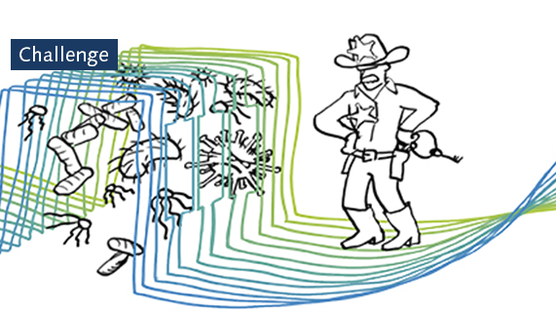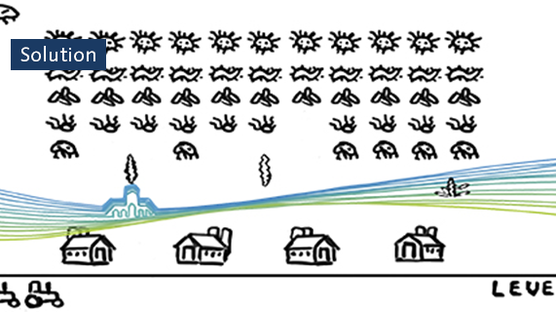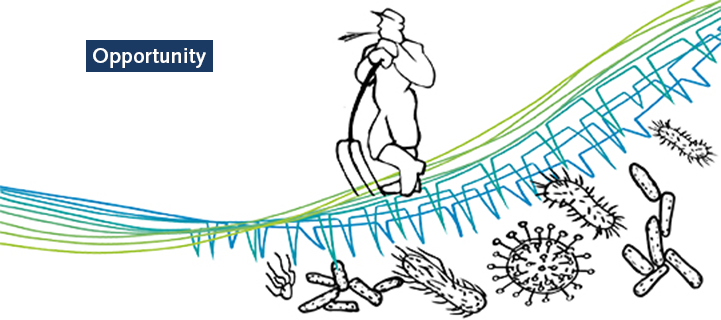
Published on May 1, 2021
Advancing biosecurity for the health of the world
Biosecurity is everything that’s done to keep diseases and the pathogens that carry them – viruses, bacteria, funguses, parasites and other microorganisms – away from birds, property, and people. Consumers should be able to rely on the fact that their food is safe, nutritious and affordable. To produce safe and secure food, investment in measures, policies, programs and new technologies is necessary.
Biosecurity measures help farmers to protect our food against diseases and grow and house animals in clean, monitored conditions. The food chain has to transport the animals and/or process the animal protein in controlled environments, assuring maximum freshness and food safety all the way through to the end consumers.
When pathogens do escape from biosecurity measures, systems and organizations are in place to catch affected animals or food. Sounds like paradise, but how do we get there and what is our contribution?
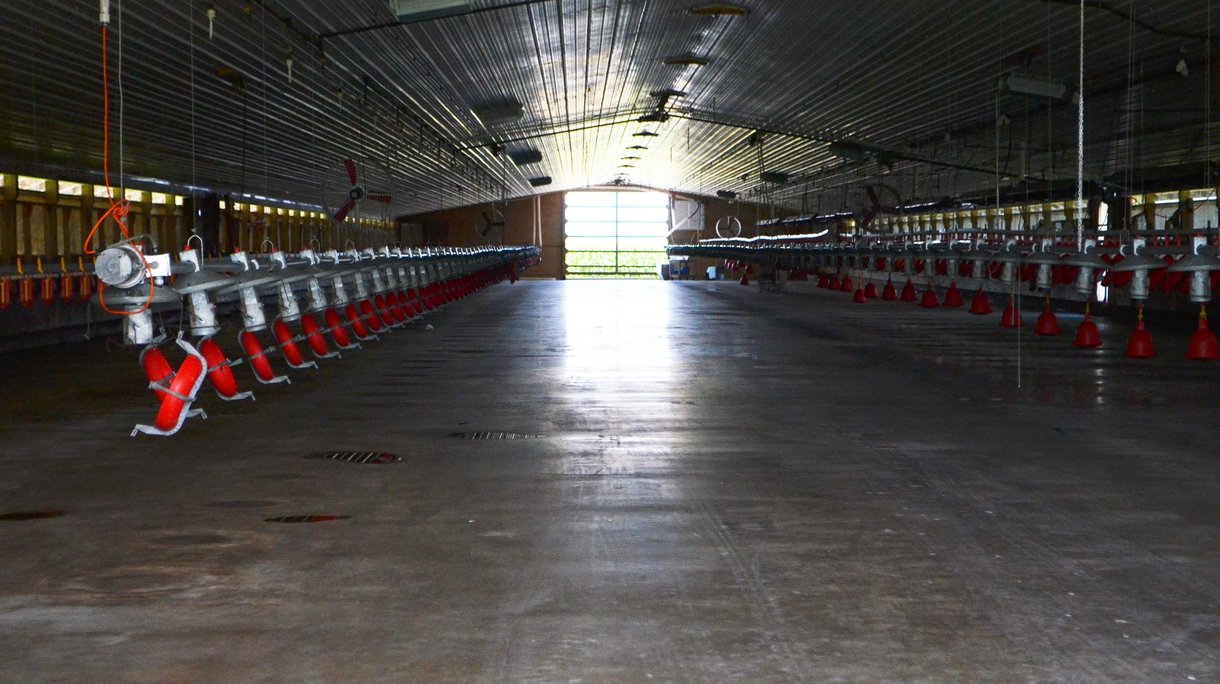
Investing in biosecurity at all levels
According to the definition of the USDA, biosecurity is "everything that’s done to keep diseases and the pathogens that carry them – viruses, bacteria, funguses, parasites and other microorganisms – away from birds, property, and people." In our own facilities, biosecurity must be at the highest standard possible. This is to protect the animals that will propagate millions of offspring that will make up the world’s protein value chain. However, there is still much room for improvement for biosecurity standards throughout the rest of the value chain.
Biosecurity starts simply with taking measures to protect animals, procure fresh feed, dispose of waste properly, sanitize people and vehicles exposed to animals, and much more. In addition, consistent biosecurity policy and allocated resources together with regular training are required to develop sustainable biosafety and biosecurity at country level. Robust monitoring programs that can identify
problems as early as possible is an important part of the implementation of the policy. Researching vaccines and treatments, collaborating with novel technology developers are also vital to be at the forefront. Collaborating with the entire value chain to raise the bar in biosecurity protocols would make an enormous difference in minimizing the impact of animal diseases.
Next, collaboration between countries, regions and international organizations is essential for improving biosafety and biosecurity on a global scale through setting of regional priorities, enacting regulatory standards, and providing technical and financial support.In conclusion, investing in disease surveillance and control leads to reduction of animal losses and lower impacts on human health when outbreaks occur. In general, we see proof of more successful disease management and progress is being made on the eradication of well-known diseases in major livestock producing countries around the world. Unfortunately, new diseases continuously emergence and existing diseases re-emergence in mutated varieties. It is an uphill battle, in which novel technologies will help to decrease the steepness of the hill.
Gene editing
While we can’t eliminate the existence of damaging animal diseases, gene editing could offer a solution in changing how animals react when exposed to common health challenges. Gene editing is the ability to make specific alterations to a gene, where it is possible to cut and paste at a specific point within the DNA. Genome editing for disease resistance is already being studied in chickens and swine.
For example, African Swine Fever (ASF) continues to cause major disruptions for the world’s pork production market. A comparison of the warthog and domestic pig genomes identified differences in the DNA that could point to why the two different species react differently to this infection. Data on susceptibility of the edited animals to ASF infection have yet to be reported. Studies like this are an example of how studying the genome can give us important information for understanding destructive diseases such as ASF.
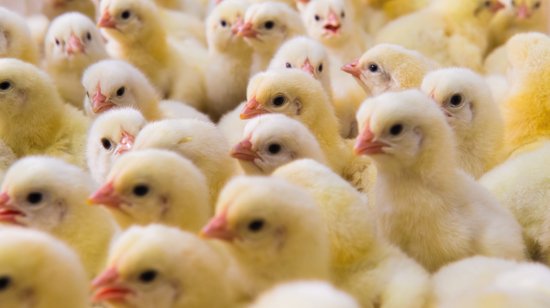
How genetics can help animals to become self-reliant
Today, two distinct defense strategies provide an animal a possible way to survival of infectious diseases: disease resistance and disease tolerance. Disease resistance is dependent on the ability of the
infected animal to kill the pathogens.
Disease tolerance is distinct from resistance because it protects the host animal by promoting its health while having a neutral to positive effect on pathogen fitness. The underlying mechanisms that mediate disease tolerance are just beginning to be discovered as it has been a completely neglected area in immunology and host-microbe interactions for a long. Science is onto something and it could really make a difference.
Is gene editing a future solution?
The impact of animal disease continues to be one of the biggest risks to the animal protein value chain. As the world becomes more and more interconnected, diseases can spread faster than ever. It is our job at the start of the value chain to protect our animals from disease through strict biosecurity standards. But how can we find opportunities for improvement throughout every step of production?
Collaboration is one important piece, and investigation into new technology and research is also a crucial component. By working together and looking for new opportunities, we can make leaps and bounds in creating a healthier environment for the animals we raise, and subsequently, provide healthy, high-quality food for the world.
Has our economic sustainability stories triggered you?
If there is a topic you would like us to cover, please submit it via the button below.
You've read an opportunity article. Interested in the solution or challenge?
Do you want to explore all articles?


